Tuesday, 2023-02-07
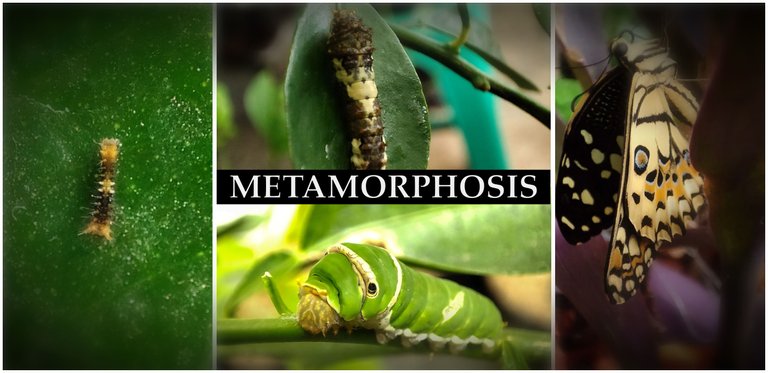
Have you ever wondered how a caterpillar transforms into a beautiful butterfly? This process, known as metamorphosis, is a fascinating journey that every butterfly undergoes to reach adulthood. In this blog post, I will share with you the stages of metamorphosis that I managed to capture in a span of 2 weeks time, starting with a video of a Swallowtail Tiger butterfly laying an egg on the leaf of a lime tree we grow in front of our house and how a caterpillar turns into a beautiful butterfly.
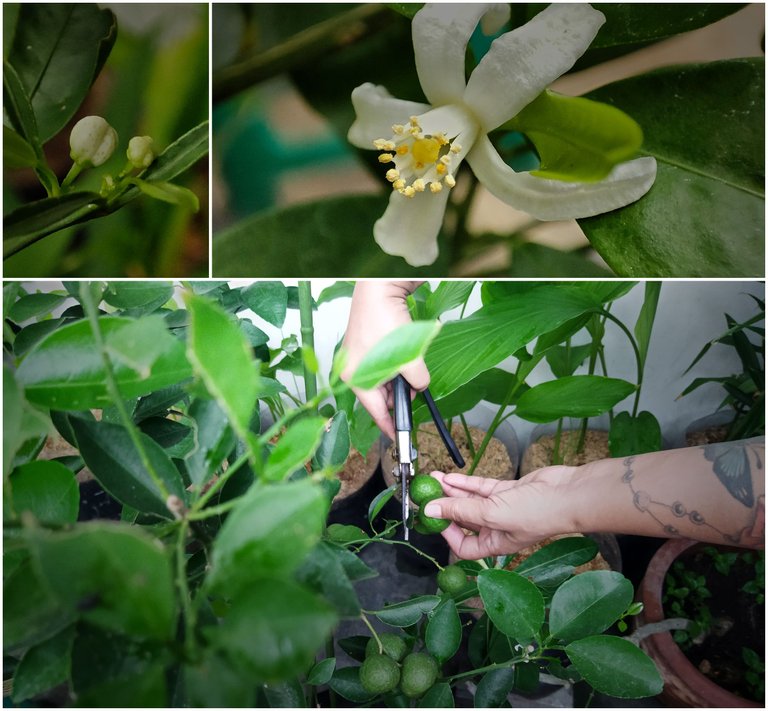
In addition to their ornamental value, the white flowers of a lime tree are also important for the production of the fruit, which is a staple in many culinary dishes and is known for its tangy, citrus flavor.
Lime trees (Citrus aurantifolia) are known for their fragrant white flowers. These flowers are a key part of the lime tree's reproductive process and play an important role in attracting pollinators, such as bees and butterflies, which help to fertilize the flowers and set the stage for fruit production.
The white flowers of a lime tree are typically small, with a delicate, sweet fragrance that is especially noticeable on warm, sunny days. They grow in clusters and are often surrounded by lush, green leaves, creating a beautiful and eye-catching display.
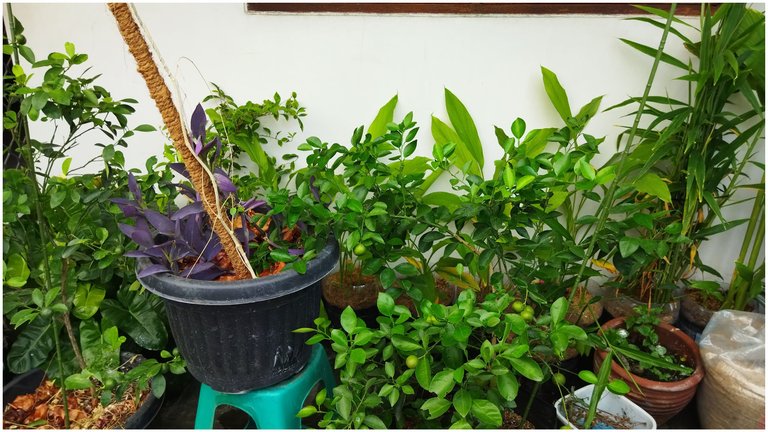
Our lime tree, not only does it provide a beautiful and lush focal point, but it also serves as an important resource for local wildlife, including the butterfly I recently discovered laying eggs on its leaves.
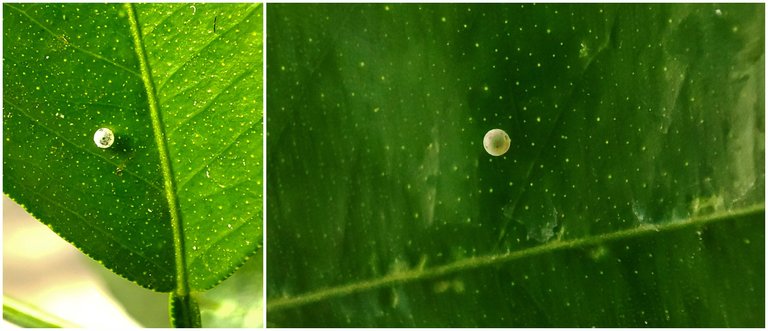
A butterfly egg is the first stage in the life cycle of a butterfly. Butterfly eggs are usually small and oval or round in shape, and they are often laid singly or in clusters on the leaves of plants.
The color and texture of butterfly eggs can vary depending on the species of butterfly, but they are often colored to blend in with the plant they are laid on. This provides a degree of protection from predators and environmental factors such as wind and rain.
Once laid, the butterfly egg typically hatches within a few days to a week, depending on the species and environmental conditions. The emerging larva, or caterpillar, will then begin to feed on the surrounding plant leaves, growing and molting several times as it matures.
The Swallowtail butterfly, also known as the Tiger butterfly, is a fascinating species that lays its eggs on leaves. The female butterfly is careful in her selection of the perfect leaf to lay her eggs on, as it is important for the survival of her offspring. She typically chooses leaves from the host plant that the caterpillar will feed on when it hatches from the egg. The female butterfly uses her ovipositor to lay a single egg on the surface of the leaf, and the egg is usually surrounded by a sticky substance that helps to keep it in place. The egg is small and typically has a yellow or green color, and within a few days to a few weeks, a tiny caterpillar will emerge and begin its journey toward becoming a full-grown Swallowtail butterfly.
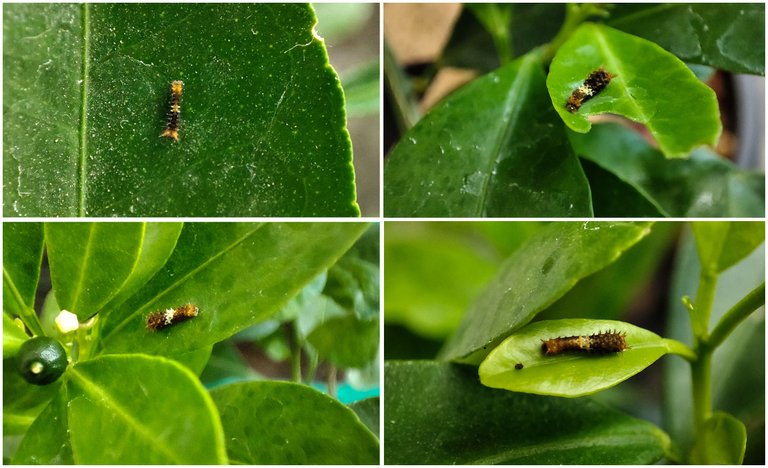
A small caterpillar just a couple of days old is a delicate and fascinating stage in the life cycle of the Swallowtail Tiger butterfly. At this stage, the caterpillar is just starting to grow and develop, and it is still very small and vulnerable. Despite its small size, the young caterpillar is already beginning to make its presence known, as it begins to nibble on the leaves of the lime tree. The caterpillar will continue to grow and molt several times as it feeds and matures, eventually reaching the size and strength needed to pupate and transform into a butterfly.
Caterpillars are voracious eaters and spend most of their time eating leaves to store energy for the next stage of their life. The saying "You are what you eat" is particularly applicable to the Swallowtail Tiger Butterfly. As caterpillars, these insects feed on leaves from plants in the citrus family, including lime trees. As a result, their bodies absorb and incorporate the scents and flavors of these plants, which are then reflected in the chemicals they produce, including the citrusy-smelling secretion they release when threatened.

Caterpillars are known for their voracious appetite and can quickly consume large quantities of leaves, which can result in a significant amount of damage to the plant. As a caterpillar feeds, it gnaws on the leaves, leaving a trail of destruction in its path.
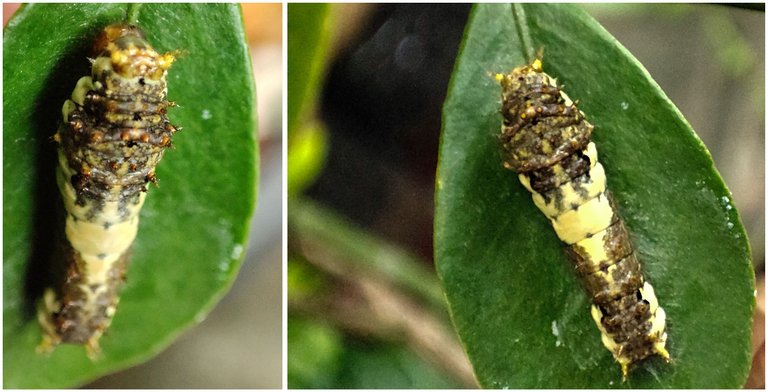
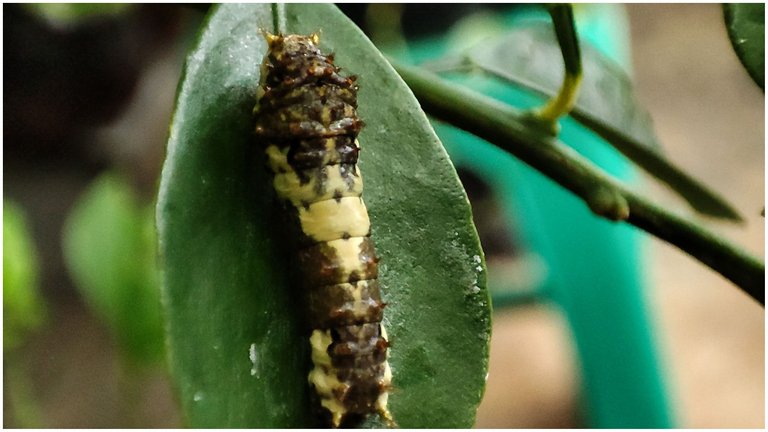
The caterpillar grows so quickly in just a couple of days.
The second stage of metamorphosis is the larval stage, where the caterpillar continues to grow and molt its skin several times. As it grows, it becomes too big for its skin, so it sheds its old skin and emerges with a new, larger one. This process continues until it reaches its final size.
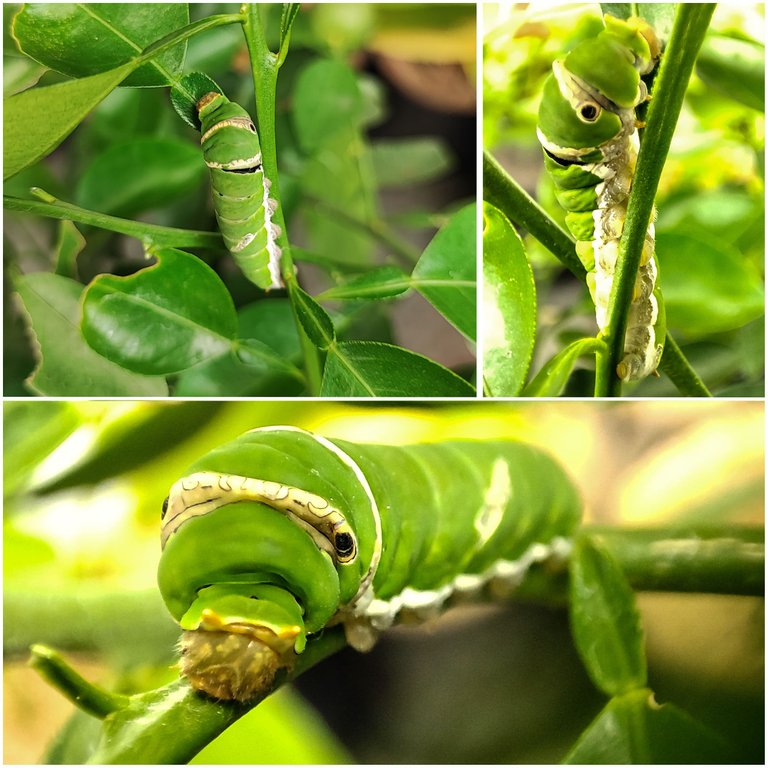
One of the notable features of the Swallowtail Tiger caterpillar is its distinctive green shell that it forms during the pupation stage. This green shell not only provides protection for the developing butterfly inside, but it also serves as a form of camouflage, helping to conceal the caterpillar from predators.
The transformation of a caterpillar into a butterfly is a remarkable process that involves several stages, including the pupation stage. During this stage, the caterpillar's body undergoes a series of changes, including the formation of a hard, protective cocoon or chrysalis around its body.
Another interesting feature of the Swallowtail Tiger caterpillar is its false eyes, which are large, eye-like markings on its body that are used to deter predators. These false eyes mimic the appearance of a predator's eyes and help to scare away potential attackers.
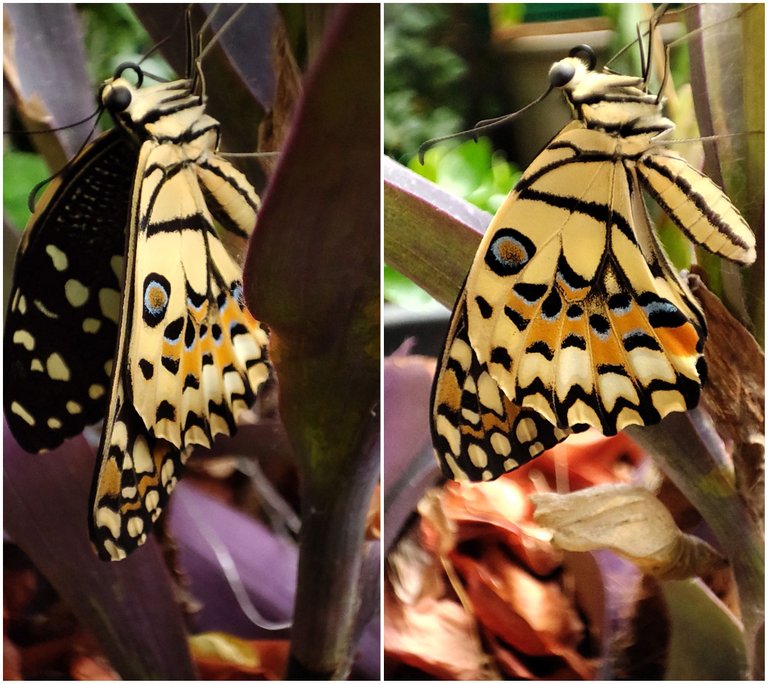
The Swallowtail Tiger Butterfly is named for its distinctive appearance. The "swallowtail" part of its name refers to the distinctive, elongated tail on the hindwings of the butterfly, which resembles the tail of a swallow. The "tiger" part of its name comes from the bold, black-and-yellow stripes on the butterfly's wings, which resemble the stripes of a tiger.
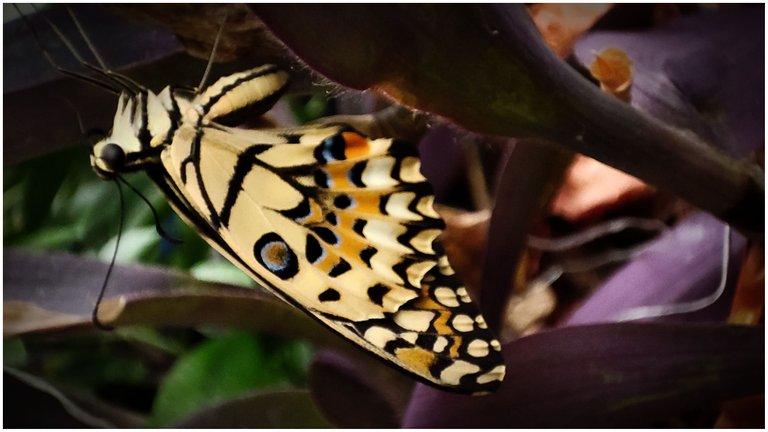
The distinctive appearance, combined with its large size and bright colors, makes the Swallowtail Tiger Butterfly a highly recognizable species that is easily distinguishable from other types of butterflies.
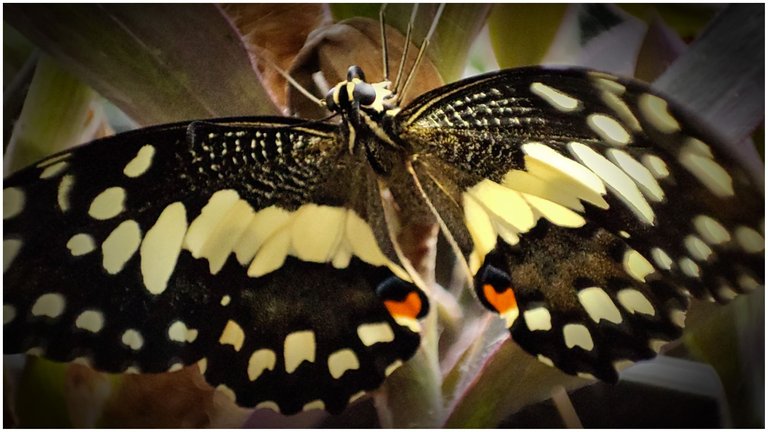
As the butterfly emerges from the green shell, it pumps fluid into its wings to expand and harden them. The butterfly then dries its wings and prepares to take flight.
After several days or weeks of pupation, a beautiful butterfly emerges from the green shell of the Swallowtail Tiger caterpillar. The transformation from a caterpillar to a butterfly is a truly amazing process, as the insect transforms from a crawling, leaf-eating larva into a graceful, flying adult.
The metamorphosis of a caterpillar into a butterfly is a miraculous transformation that takes place in four distinct stages. Each stage serves a specific purpose in the butterfly's life cycle, and the transformation is a testament to the wonders of nature. The next time you see a butterfly, take a moment to appreciate the journey it took to reach adulthood.
Thank you for reading and for your support.
All images and/or videos in this post are created by me, otherwise, they will be specified. You can also support me by clicking this link or the image on the right. 🙂
 |
A baby boomer who's trying to embrace and adapt to the new digital world. Worked for over 30 years in the IT industry before retiring and now run an online vegetable delivery and hydroponics equipment business. Enjoy traveling, cooking, writing, playing pool, and all IT-related stuff. You're always welcome to leave a comment or feedback, and an upvote or reblog is also greatly appreciated. |


